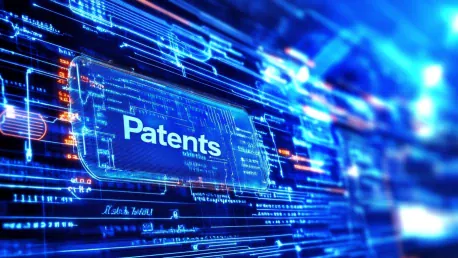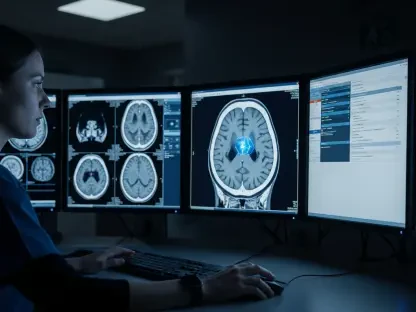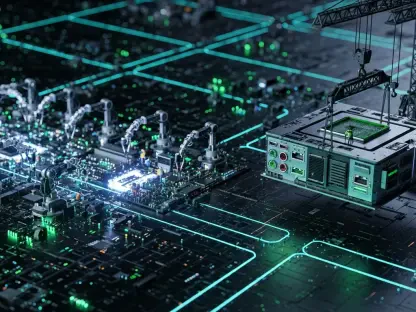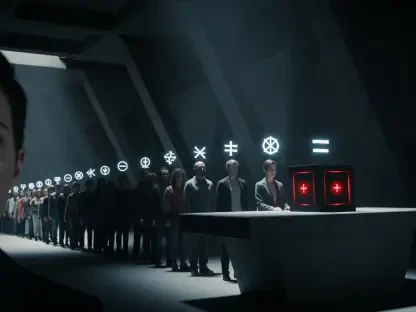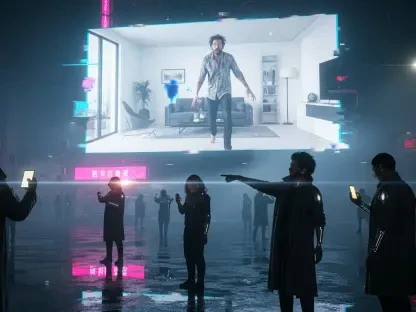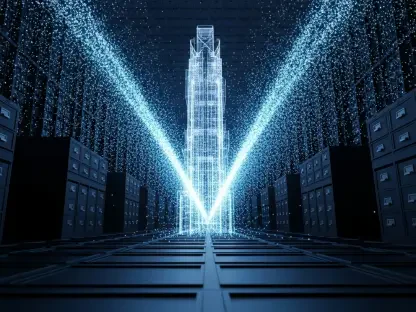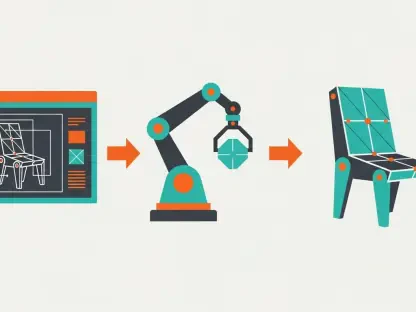Artificial intelligence (AI) is rapidly transforming industries and altering traditional roles in ways that are both exhilarating and challenging. As AI tools become increasingly prevalent in fields like technology, journalism, and design, questions arise regarding the nature of creativity and inventorship. Generative AI systems can now write code, produce news articles, and create professional graphics, leading to concerns about job displacement. This technological upheaval prompts a vital inquiry: who should be recognized as an inventor in an era where AI plays a significant role? The U.S. Patent and Trademark Office (USPTO) has addressed this question head-on, amidst a backdrop of significant changes in the inventive process due to AI’s influence.
Technological Advancements and AI’s Growing Role
AI’s burgeoning presence in various sectors is unmistakable. Technology companies are routinely employing AI to optimize processes, while journalists use AI to generate content swiftly, and designers rely on AI for creative tasks. These generative AI systems are capable of handling complex functions that were once the sole domain of human expertise. Amidst this landscape, concerns about job displacement are growing, as AI threatens to replace roles traditionally occupied by humans. For instance, deep learning models contribute significantly to tasks requiring human creativity and intellectual input, altering long-standing perceptions of innovation in these fields.
A pivotal study by MIT economics doctoral student Aidan Toner-Rodgers reveals profound impacts on scientific productivity due to AI. The research found that scientists using AI tools increased their patent filings by 39% and generated 17% more prototypes compared to those who did not employ AI. This suggests that AI can markedly enhance productivity within research and development (R&D). However, this increase in productivity comes with its own set of challenges, as evidenced by the study’s findings that 82% of researchers experienced diminished job satisfaction when AI was integrated into their workflows. One particular researcher lamented, “I couldn’t help feeling that much of my education is now worthless,” highlighting the emotional and professional dilemmas faced in this new paradigm.
AI and Human Inventors: Legal Considerations
With AI systems contributing significantly to innovation, the critical question arises: can creations made with AI’s assistance qualify as inventions, and who should be credited as the legitimate inventor? The U.S. Patent and Trademark Office (USPTO) has maintained a clear stance on this issue under the current legal framework. According to the USPTO, only human beings can be recognized as inventors. This position is backed by the U.S. Constitution, which protects the “exclusive rights” of authors and inventors, underscoring the importance placed on human intellectual contribution and originality.
Under existing U.S. law, an inventor is defined as a natural person who has conceived a complete and operative invention that can be used without the need for extensive further research or experimentation. This conception process requires an intellectual contribution that transcends routine instructions or known information. Consequently, the discourse surrounding AI and patent law hinges on whether AI’s involvement changes this long-held understanding of inventorship. As researchers and developers increasingly use AI to assist in the inventive process, the legal definition and recognition of human inventorship are scrutinized, raising intriguing questions about the future of patent laws and the role of AI in innovation.
Evolving Legal Interpretations
The legal landscape is gradually evolving in response to AI’s influence on innovation. Recent court rulings, most notably the 2022 decision by the U.S. Court of Appeals for the Federal Circuit, reaffirm the principle that inventors must be human. This ruling emphasizes Congress’s intent to foster and encourage human ingenuity and creativity. Additionally, in 2024, the USPTO updated its guidance to explicitly state that inventors must be human, although AI tools can be employed to assist in the research and development process.
This policy aims to accommodate the rapid advancements of AI technologies while ensuring that the inventiveness required for patent eligibility remains primarily human-driven. Despite AI’s potential to drive significant breakthroughs, the updated guidance does not offer specific qualifications regarding AI contributions, treating AI as an auxiliary tool akin to laboratory equipment such as microscopes or Bunsen burners. The main focus remains on ensuring that a human has made a significant intellectual contribution to the invention for it to be considered patentable, thereby preserving the central value placed on human ingenuity.
Balancing Innovation and Human Ingenuity
The U.S. innovation policy finds itself at a crucial juncture, striving to balance the undeniable benefits of AI in research and development with the need to protect human creativity. The Trump administration had outlined an action plan with the intention of enhancing America’s global dominance in AI, a strategy that is likely to shape future USPTO stances and overarching patent policies. This burgeoning AI dominance could influence how innovation policies evolve, navigating the fine line between leveraging AI’s capabilities and safeguarding the essence of human inventiveness.
As AI tools speed up innovation, concerns regarding job satisfaction among researchers and the intrinsic nature of inventing become more pronounced. By mandating human inventorship, current U.S. policies aim to uphold the principle that human intellectual input is integral to the inventive process. This requirement ensures that the act of creating and inventing remains aligned with the original vision of fostering human creativity, even as technological assistance becomes more prevalent. Balancing these elements remains pivotal in maintaining a legal framework that supports and encourages genuine human innovation within the advanced landscape of AI.
Implications for Scientific Discovery
Artificial intelligence (AI) is rapidly revolutionizing industries and modifying traditional roles in profoundly exciting yet challenging ways. As AI tools become increasingly dominant in domains such as technology, journalism, and design, they raise crucial questions about the nature of creativity and authorship. Generative AI systems now have the capability to write code, produce news articles, and develop professional graphics, sparking concerns about potential job displacement. This technological upheaval leads to an essential inquiry: in an era significantly influenced by AI, who deserves recognition as the true inventor? Addressing this complex issue, the U.S. Patent and Trademark Office (USPTO) has engaged directly with the question amidst a backdrop of considerable changes in the innovative process due to AI’s impact. The implications of AI’s contributions to creativity and invention are profound, altering not just how products are made but also who gets credited for these creations, thus reshaping the future of intellectual property rights.
